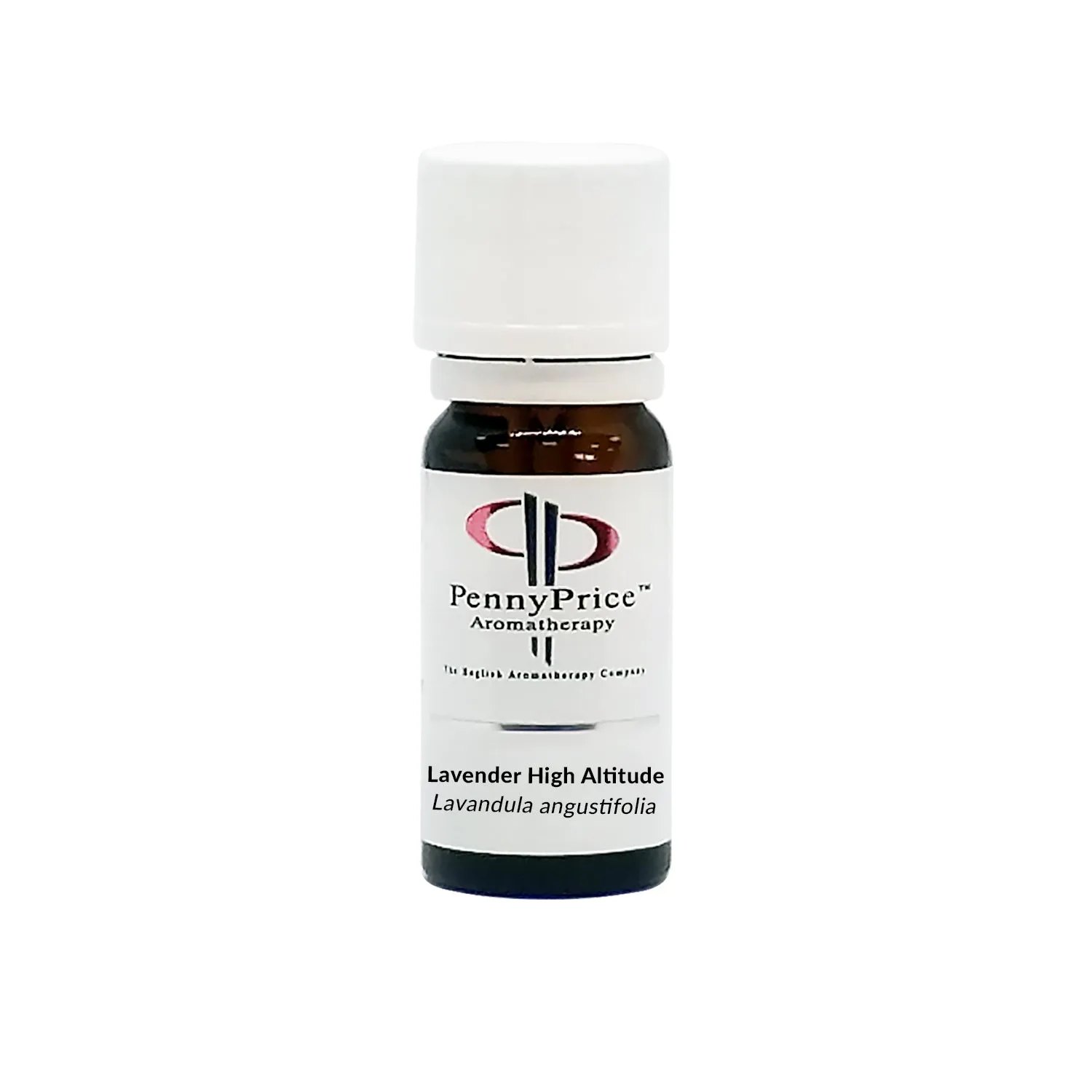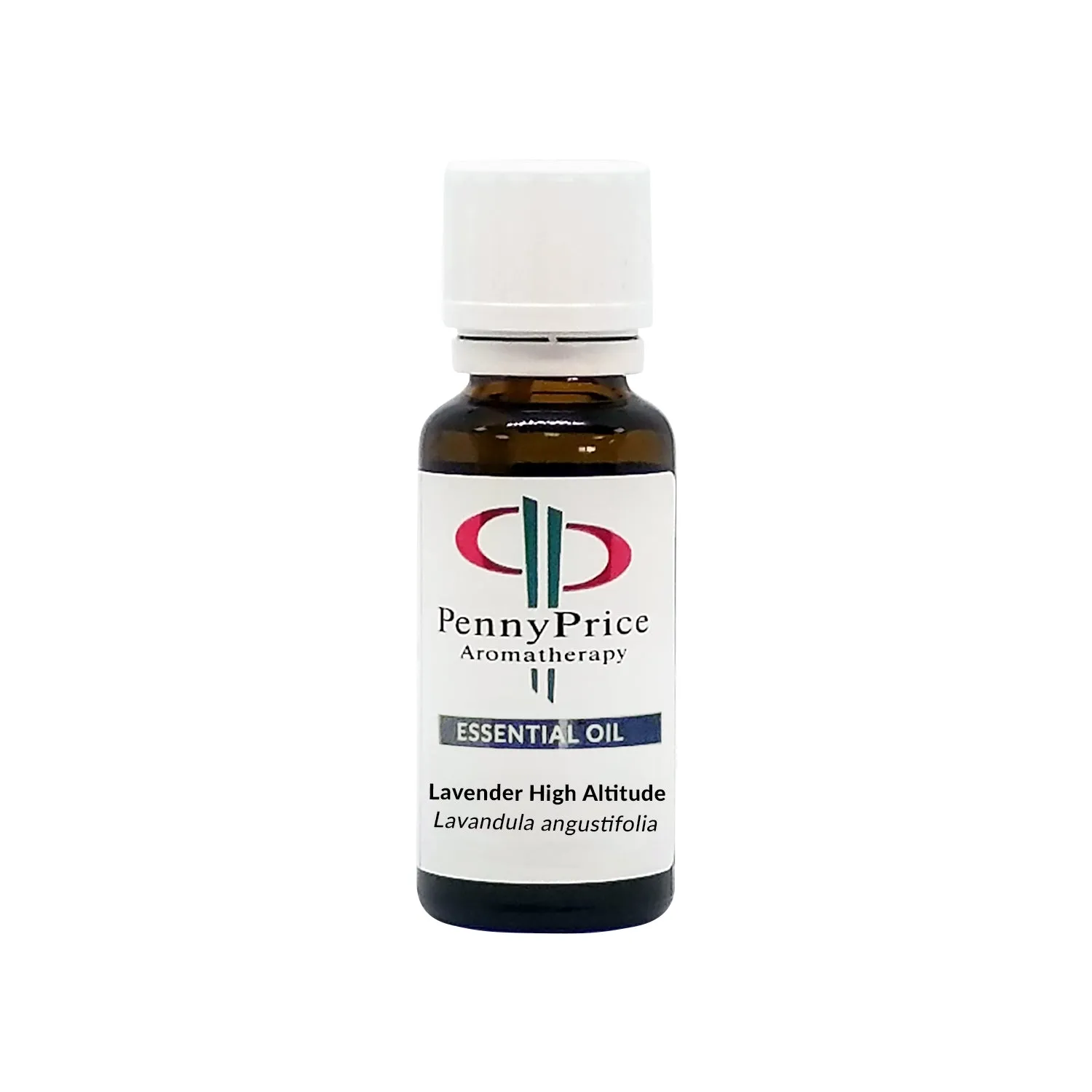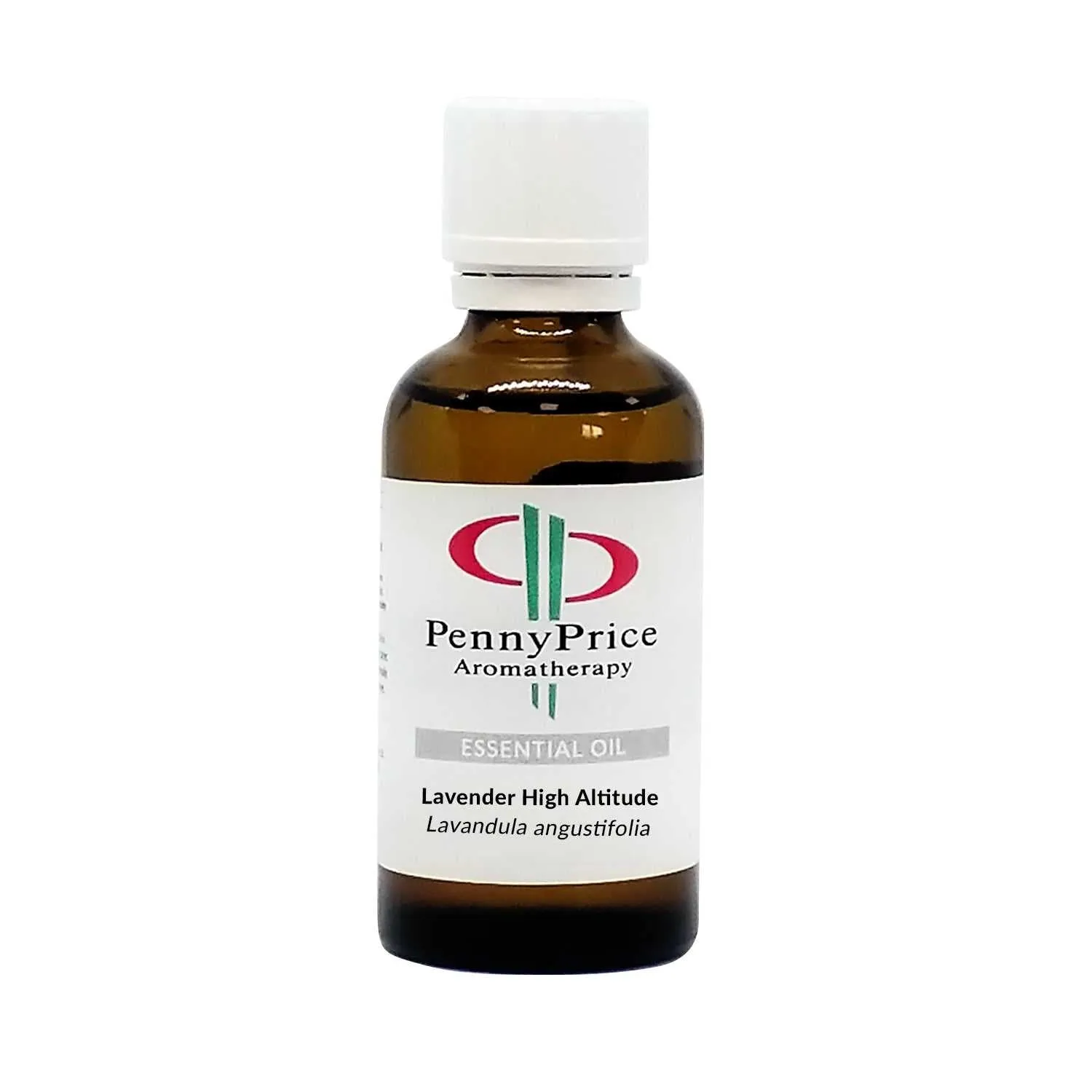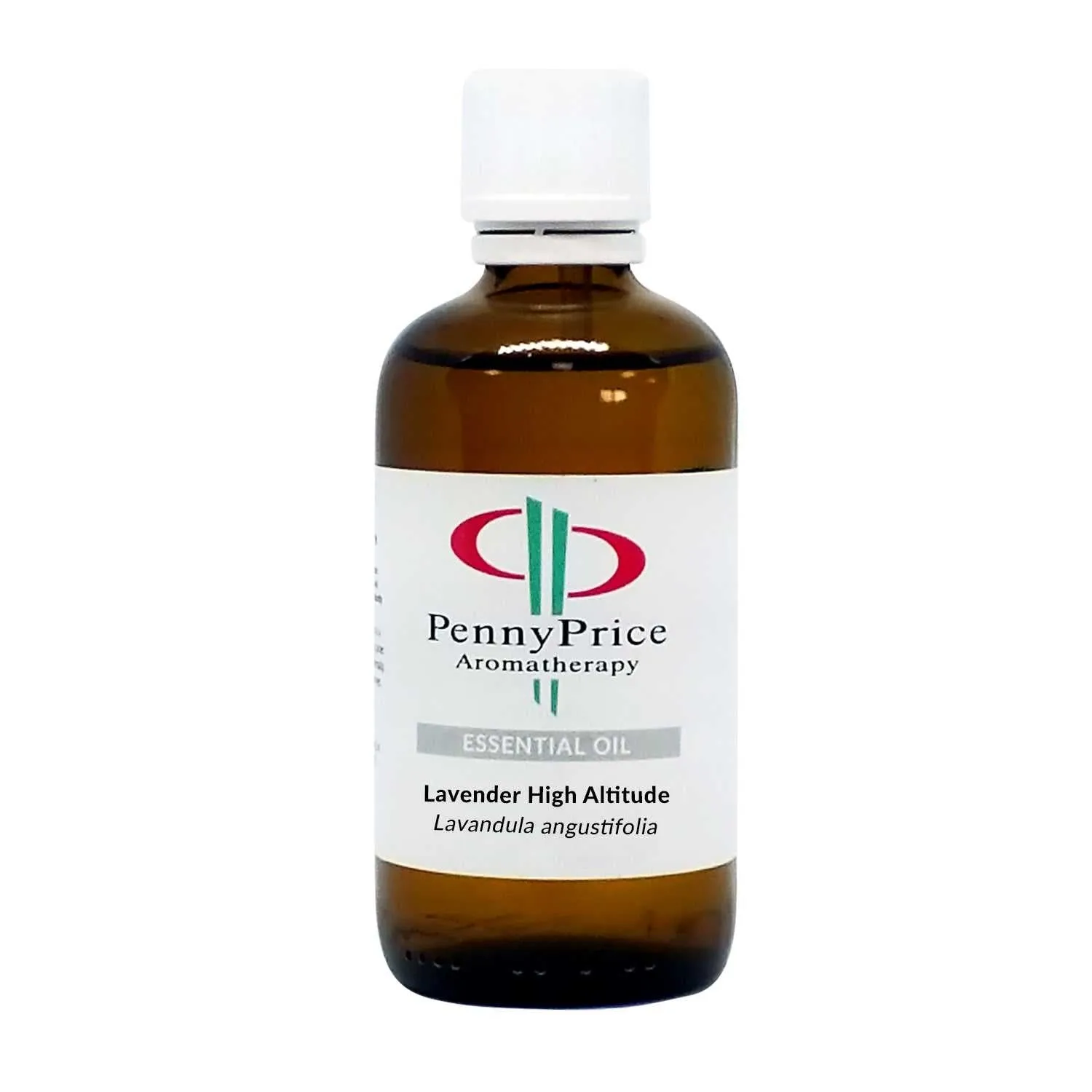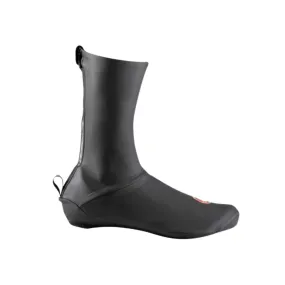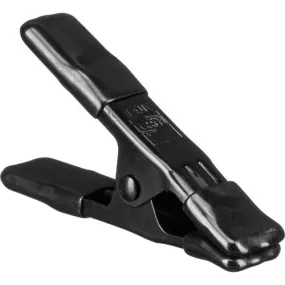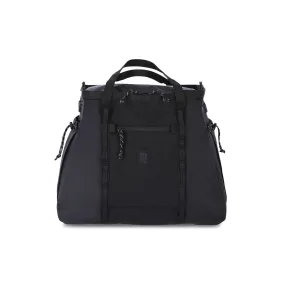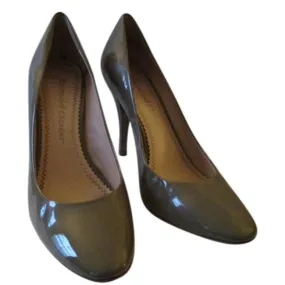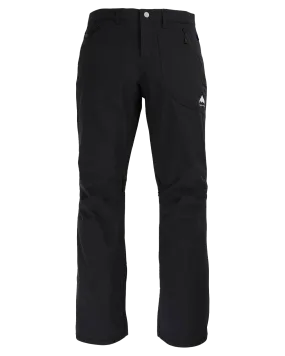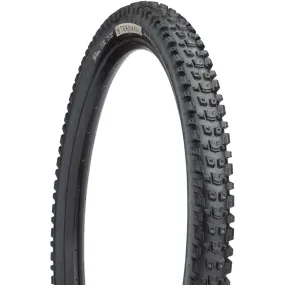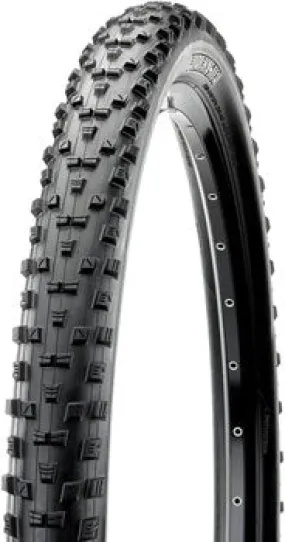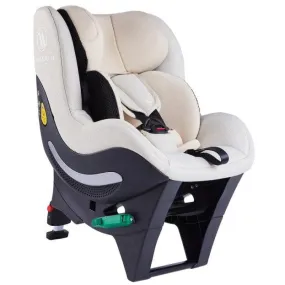Latin Name: Lavandula angustifolia
Plant Family: Lamiaceae
Extraction: Distillation of the flowering tops
Lavender High Altitude Essential Oil is a very pale yellow oil with a sweet, floral, warm, fresh aroma. The smell is significantly different from Spike lavender and marginally different from lavandin.
It is a hardy herb that has a delicate purple-blue flower in spring and summer. It is not to be confused with larger cross-breeds of the lavender family, such as spike or lavandin, as it does not have the same essential oil properties, or appearance, being much smaller and less spectacular. Common to Europe, the flower from this plant yields one of aromatherapy’s favourite essential oils.
- Available in 10ml, 25ml, 50ml & 100ml.
Safety Data
Cautions
- Keep essential oils out of the reach of children at all times.
- Never remove a fixed dropper from a bottle of essential oil.
- Do not apply directly to the skin without professional advice.
- Do not ingest without professional advice. If oil is accidentally ingested, seek immediate medical assistance.
- Do not exceed stated doses.
- If splashed in the eyes, dab gently with olive oil on cotton wool. Water does NOT carry or dissolve essential oil.
- Remove essential oil from the hands by washing thoroughly with a mild detergent. This prevents transference to other parts of the body.
- Do not assume that essential oils have the same properties as the plant from which it has been derived
How to Use
Essential oils are very powerful and should be used with caution. Here are a few tips that you may find useful, although we advise that you consult a fully qualified, registered aromatherapist who will be able to advise you on the safe methods of use. Why not give us a ring at 01455 251020 or email if you are unsure we will be happy to help.
Inhalation
Undiluted essential oils may be inhaled from a tissue or a pillow (4-6 drops). Alternatively, they can be inhaled from a bowl of hot water (3 or 4 drops) or a diffuser (see table below), but avoid this if asthmatic. Never inhale essential oils directly from the bottle.
Shampoo and Bath Foam
Create unique aromatherapy bath foams or shampoos by mixing up to 30 drops of your own essential oil blend into 100ml of a suitable bath foam base or shampoo base.
Skincare Cream
Essential oils can be added to vegetable-based creams and then developed into facial products or topical creams. Do not add more than 15 drops of essential oil to 50ml of your base cream.
Pregnancy
Essential oils are best avoided during the first months of pregnancy. After the third month, many oils can be used safely and effectively. If in doubt, always consult a qualified aromatherapist.
Bath, Massage, Vaporiser
See the table below, which gives the correct amounts to use depending on age, and a brief guide on how to use.
Blending Guidelines
|
|
12 Years |
Child 2-12 Yrs |
Baby 0-2 Yrs |
How to Use |
|
Bath |
4-6 drops in a vegetable carrier oil, lotion or detergent base |
2-3 drops diluted in a small amount of white lotion or detergent base |
1-2 drops diluted in a small amount of white lotion or detergent base |
Allow water to run into the bath, then add your blend and swish to disperse evenly for about 2 minutes |
|
Massage |
4-6 drops in 10-15ml of vegetable carrier oil |
2-4 drops in 10ml lotion or vegetable carrier oil |
2 drops in 10ml lotion or vegetable carrier oil |
Massage your blend directly on the skin. Use very gentle strokes when massaging a baby. |
|
Vaporiser |
4-6 drops in a small amount of water (ideally distilled) |
The subtle release of aromatic oils into the air induces relaxation or stimulation. Always follow the manufacturer’s instructions. |
||
|
Diffuser |
3-5 drops per 100ml of water (ideally distilled) |
|||
Please note a detergent base would be a soap base, bath foam base or a shampoo base for example.




